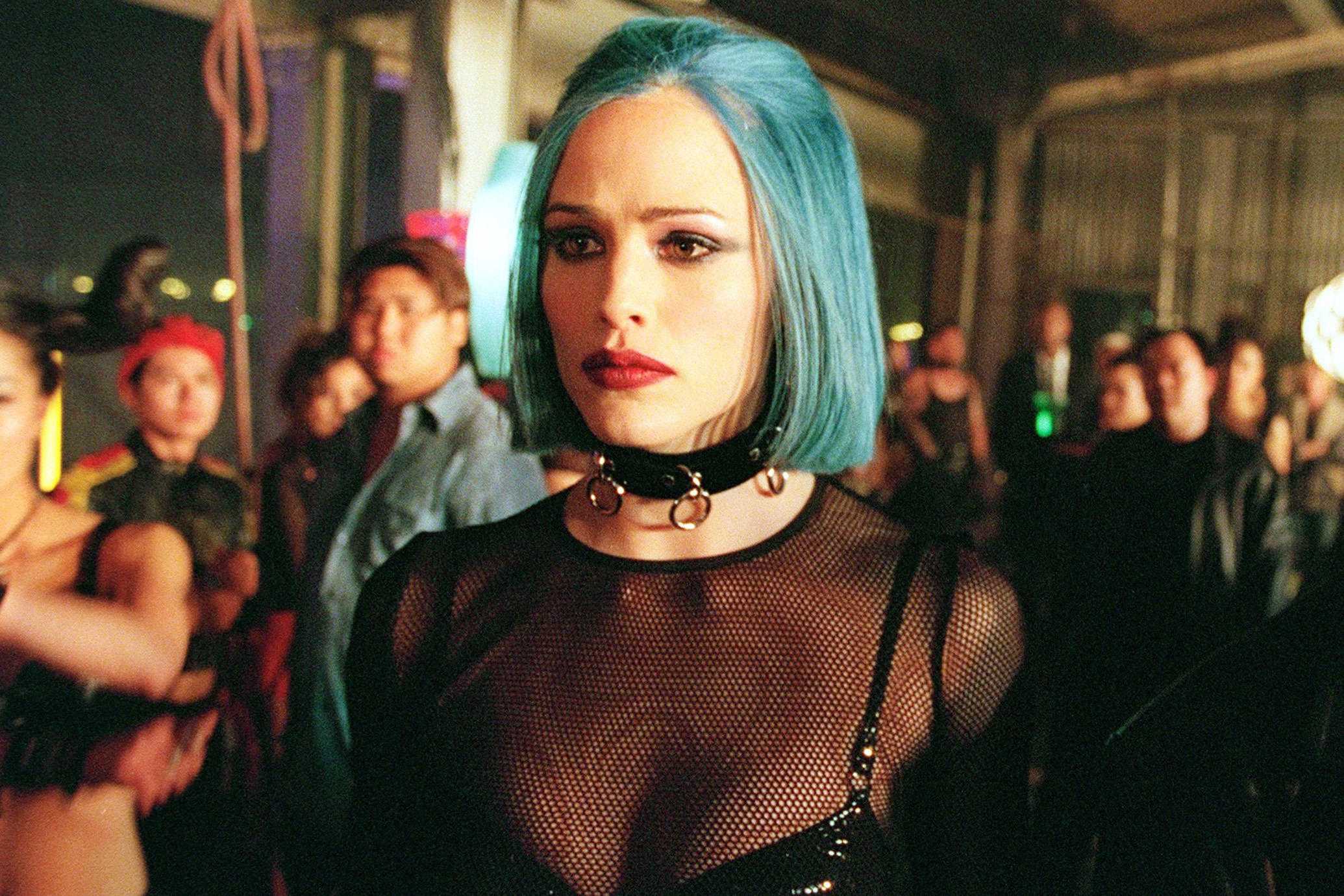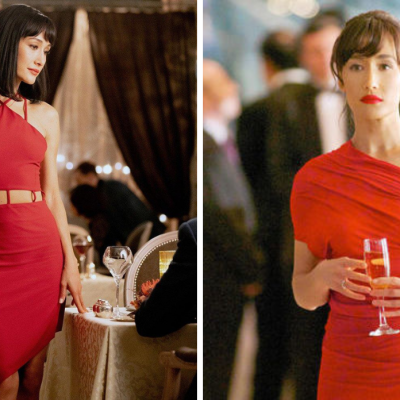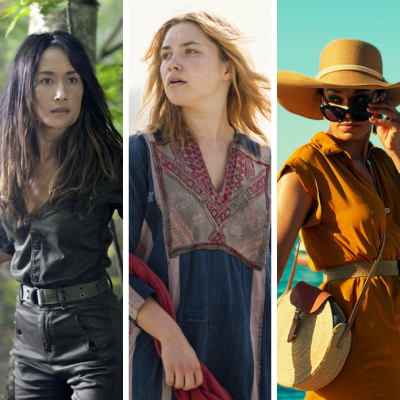Genre TV fans owe a lot to the spy drama Alias. Premiering twenty years ago this week (just..how??), Alias was a near-instant critical and commercial success thanks to its near-perfect pilot episode. It went on to run for five seasons full of ambitious, go-for-broke storytelling that featured rich character dynamics and wasn’t afraid to take risks, even when those risks didn’t always pay off the way we might have initially hoped.
The show launched the career of director/auteur J.J. Abrams (and you can feel however you need to feel about that in hindsight), turned star Jennifer Garner into a household name, and gave us some of the best fight sequences in television history. Alias also laid a lot of the groundwork for many of the television trends that would become commonplace in the years following its debut: Dense, confusing internal mythology, highly serialized narratve arcs, and a palpable sense that even its ostensibly one-off episodes somehow connected to a larger whole beyond themselves. (Plus, the existence of weird MacGuffins that everyone desperately just had to find or have, but that still served no real purpose in the larger story.)
To put it another way: In many ways, Alias was doing a lot of things that Lost did, before Lost made all those things cool.
Plenty of shows—including several of the ones Abrams himself went on to work on—copied a lot of what Alias did well. From puzzle box mysteries to twisty in-episode flashbacks (that ubiquitous 24 hours earlier card!), and cliffhangers that seamlessly led into a subsequent installment, this show is responsible for a lot of what we now see as the bones of a modern-day genre property in the age of peak TV. Yet, as we consider Alias’ legacy two decades on, perhaps the most frustrating thing is perhaps what didn’t get stolen or copied into infinity: Sydney Bristow herself.
This isn’t, of course, to say that female-fronted spy dramas disappeared once Alias went off the air. In many ways, everything about Marvel’s Black Widow essentially feels like Alias but with superheroes, even down to the messy Russian family dynamics thrown on top. Amazon Prime’s Hanna will certainly provide a welcome balm for those with a female-led high octane thriller shaped hole in their lives. And The CW’s Nikita always felt more like Alias’ spiritual younger cousin more than it did a La Femme Nikita remake. But given just how many shows went on to copy so much of what helped make Alias popular, the fact that most of them ignored the female lead at the center of the story is incredibly disappointing.
Read more
Perhaps it shouldn’t surprise any of us that network television chose to prioritize stories about male characters (yet again!) when given the opportunity to do otherwise, but the thing is, Alias would never have worked without Sydney. In fact, her character—along with Garner’s dedicated and emotional performance—was the often only thing that held the show together during its later seasons, as its stories became increasingly outlandish and nonsensical. (Clones! Quasi-magical Renaissance artifacts! Sloane trying to become immortal!)
Because, as heroines go, Sydney Bristow was always just so refreshingly normal, despite the existence of her often over-the-top side hustle. Yes, she was improbably balancing graduate school assignments with international espionage and global jet-setting (surely this girl invested a lot of money in a top-of-the-line under-eye concealer?), but the heart of Sydney’s story was always firmly grounded in the relationships in her life.
From her constantly evolving connection with her estranged father Jack – who was also an undercover spy master – to the revelation that her presumed dead mother was very much alive and the whole Season 2 subplot where her beloved roommate Francie was murderered and replaced by an imposter, the only reason these stories worked at all was thanks to Sydney’s human connection to the increasingly outlandish things happening around her.
Because at the end of the day, Sydney was still just a regular woman. She saved the world without any sort of special powers beyond her ability to think on her feet and fight in a series of increasingly outlandish disguises. She was often as in the dark about what the heck was actually happening as we the viewers were, yet faced everything thrown at her with bravery and determination. And despite her own fequent fear and confusion, she still chose day after day, to do what was right, even when it would have been so much easier for her to simply walk away..
And perhaps even more importantly, Sydney was a butt-kicking action heroine that was also allowed to embrace her emtions without excuse or apology. Who can forget the rawness of her reaction to Danny’s murder? The slowly dawning horror as she realized she lost two years of her life without knowing it? The emotional gut-punch of learning the man she loved had married someone else? Yet, Alias never judged Sydney for the depth of her ability to feel things – in fact, it was one of her most obvious strengths.
Yet, after Alias’ end, we somehow didn’t see an immediate glut of new action series fronted by women pop up. We didn’t exactly see a deluge of programs fronted by emotionally complex female characters doing their best in difficult and often really bizarre circumstances either. Heck, even Abrams himself essentially abandoned the premise. Yes, he went on to give us groundbreaking genre shows like Lost and Fringe, but while both of those series featured memorable female characters—Olivia Dunham forever—their primary narratives still revolved around their male leads.
And in the years since, as the primetime television landscape has shifted even more firmly toward procedurals and a seemingly endless string of shows about doctors, firefighters, and police officers, there has seemed to be less space than ever for a character like Sydney or a show like Alias to flourish.
Would Alias even get made today? Possibly—but probably on a cable network or streaming service, where genre and female-focused properties have often found homes in the twenty years since Sydney Bristow first donned that candy red wig. But where are our butt-kicking, big hearted female leads on mainstream network TV? It seems impossible that two decades should have passed and we’re still asking this question—and yet. Here’s hoping the next twenty do better.


